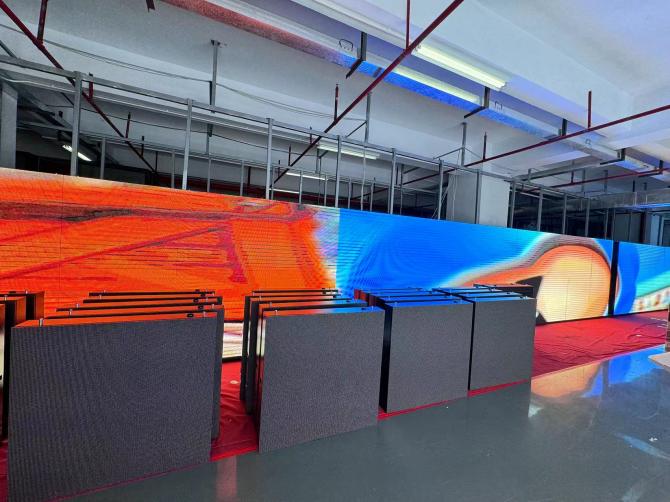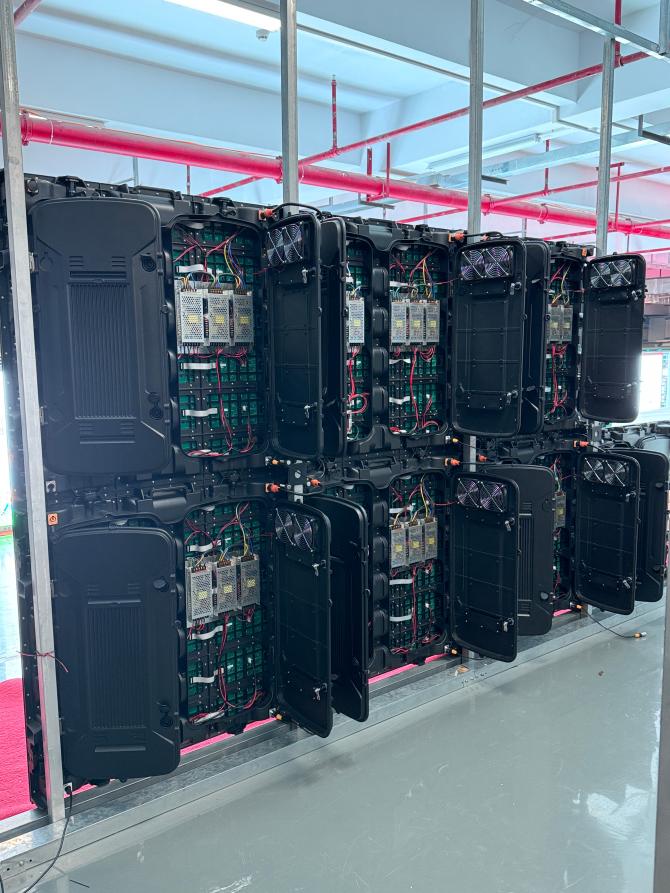La pantalla LED impermeable para publicidad digital exterior es un dispositivo diseñado para exteriores. Ofrece impermeabilidad, resistencia al polvo y a los rayos UV, entre otras funciones, y es apta para cualquier condición climática. Es impermeable y a prueba de polvo con un nivel de protección IP65 o superior, como IP67, y cuenta con tiras de sellado y una estructura de carcasa impermeable que evita la entrada de lluvia y polvo. La parte posterior del módulo está pegada para mejorar su impermeabilidad.
El brillo suele ser ≥6000 nits/cd/m², claramente visible a la luz solar. Las pantallas de interior convencionales solo alcanzan entre 600 y 1000 cd/m². Además, es resistente a la intemperie, a los rayos UV, a altas temperaturas (de -30 °C a 60 °C) y a la corrosión. Es ideal para uso prolongado en exteriores y presenta una alta estabilidad, con un funcionamiento continuo de 7 horas y 24 horas, además de protección contra rayos y diseño antiestático.
Pantalla LED publicitaria SMD:opción convencional, alta densidad de píxeles, amplio ángulo de visión de 160°, adecuado para visualización cercana, como estaciones de autobuses y paredes exteriores de centros comerciales. Pantalla LED DIPMayor brillo, mayor impermeabilidad, ideal para publicidad a larga distancia, como vallas publicitarias en carreteras. Pantalla LED flexible: se puede doblar e instalar, ideal para edificios con formas especiales que requieren impermeabilización adicional.

La estructura es impermeable, los gabinetes están sellados con tiras impermeables, las juntas deben presionarse firmemente y el diseño de drenaje cuenta con orificios en la parte inferior para evitar la acumulación de agua. El sistema de refrigeración está equipado con ventiladores o aires acondicionados y pantallas grandes para evitar que las altas temperaturas dañen los componentes. Se instalan pararrayos y dispositivos de puesta a tierra, especialmente en edificios de gran altura.
Se utiliza para emitir alertas de desastres naturales como tifones, terremotos, información de control de tráfico, etc., que abarcan a una amplia gama de personas, así como para la propaganda municipal y la difusión de políticas y normativas, así como de lemas urbanos, para fomentar la concienciación pública. Las pantallas LED en zonas comerciales amplían el tiempo publicitario e impulsan el consumo en entornos como la restauración, el entretenimiento y la retransmisión en directo de eventos a gran escala, como eventos deportivos y conciertos, y mejoran la atmósfera del recinto.
El precio unitario de la publicidad dinámica es más alto que el de la publicidad estática, lo que genera mayores ganancias para los anunciantes y propietarios de propiedades y promueve el desarrollo de industrias como la fabricación de LED, la producción de contenido, la instalación y el mantenimiento.


